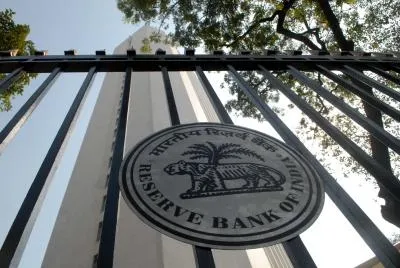Are Salaries in India Set to Rise by 9% in 2026?

Synopsis
Key Takeaways
- Salaries in India projected to increase by 9% in 2026.
- Real estate and NBFCs expected to lead in salary hikes.
- Strong domestic consumption is a key growth driver.
- Companies are focusing on talent retention and upskilling.
- Recent tax reforms are benefiting various sectors.
New Delhi, Oct 7 (NationPress) A report released on Tuesday indicates that salaries in India are on track to witness a 9% increase by 2026. This projected rise surpasses the 8.9% growth recorded in 2025, showcasing a robust job market that remains resilient despite global economic challenges.
The analysis conducted by Aon plc reveals that industries such as real estate, infrastructure, and non-banking financial companies (NBFCs) are poised for the most substantial salary increases in 2026.
Specifically, real estate and infrastructure firms are anticipated to provide a 10.9% salary hike, while NBFCs may experience a 10% increase. Other sectors like automotive and vehicle manufacturing could see a 9.6% increase, engineering design services at 9.7%, engineering and manufacturing at 9.2%, retail at 9.6%, and life sciences also at 9.6%.
In the chemicals sector, a growth of 8.8% is expected, whereas e-commerce may rise by 9.2%, fast-moving consumer goods (FMCG) by 9.1%, global capability centres by 9.5%, technology platforms and products by 9.4%, banking by 8.6%, and technology consulting and services by 6.8%.
Aon attributes India's strong domestic consumption, significant infrastructure investments, and supportive policy measures as key factors enabling businesses to sustain growth and stability.
Roopank Chaudhary, a partner and rewards consulting leader at Aon, commented, “Vital sectors such as real estate and NBFCs are at the forefront of talent investment. Companies are adopting strategic compensation approaches to ensure sustainable growth and employee retention, even in a climate of global uncertainty.”
The report also noted a gradual decline in attrition rates, which fell to 17.1% in 2025, down from 17.7% in 2024 and 18.7% in 2023. This indicates a more stable talent environment, allowing businesses to invest more in employee retention and upskilling initiatives to cultivate a resilient workforce for the future.
Amit Kumar Otwani, associate partner at Aon, emphasized that recent tax reforms are reshaping India’s business landscape, particularly benefiting the consumer goods and automotive sectors. He noted, “Simplified compliance and rationalized tax rates are enhancing operational efficiency. Organizations aligning their reward strategies with these reforms will be better equipped to attract top talent.”









